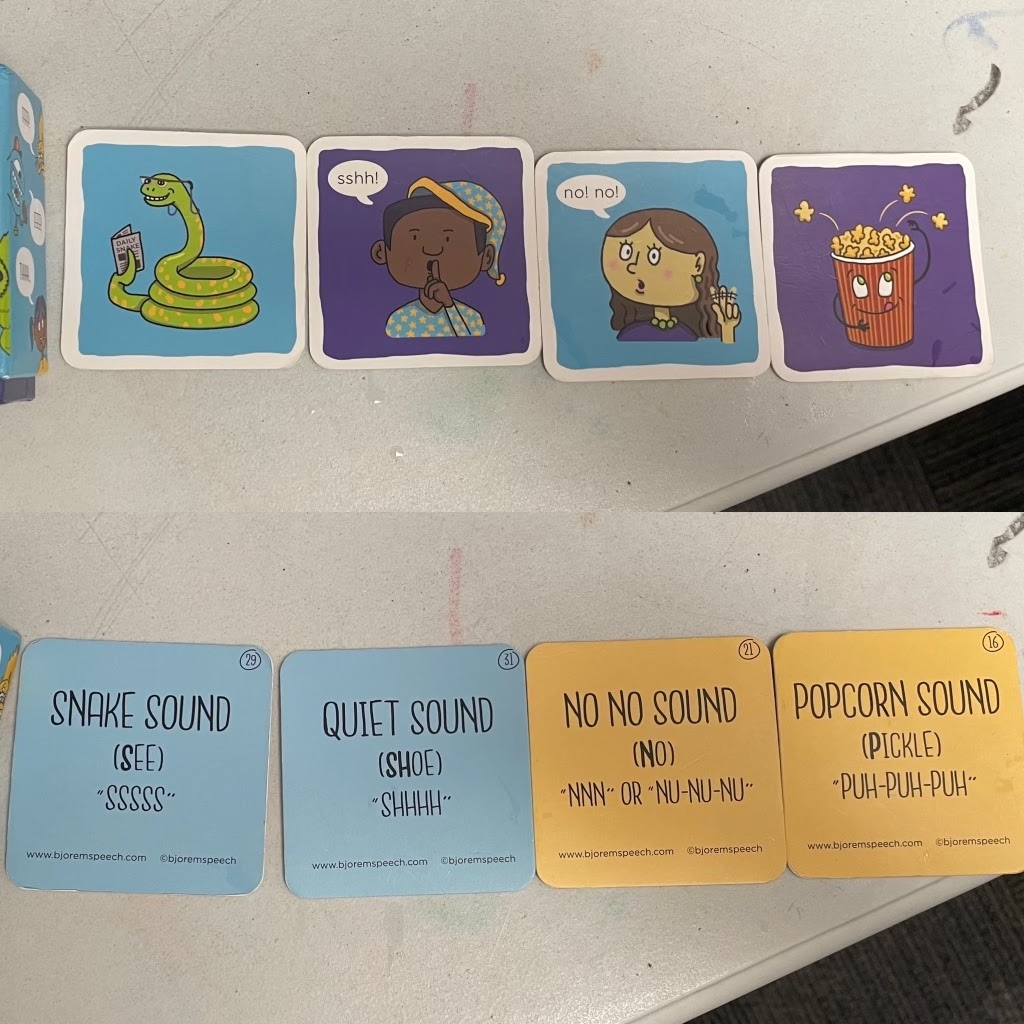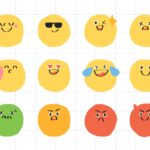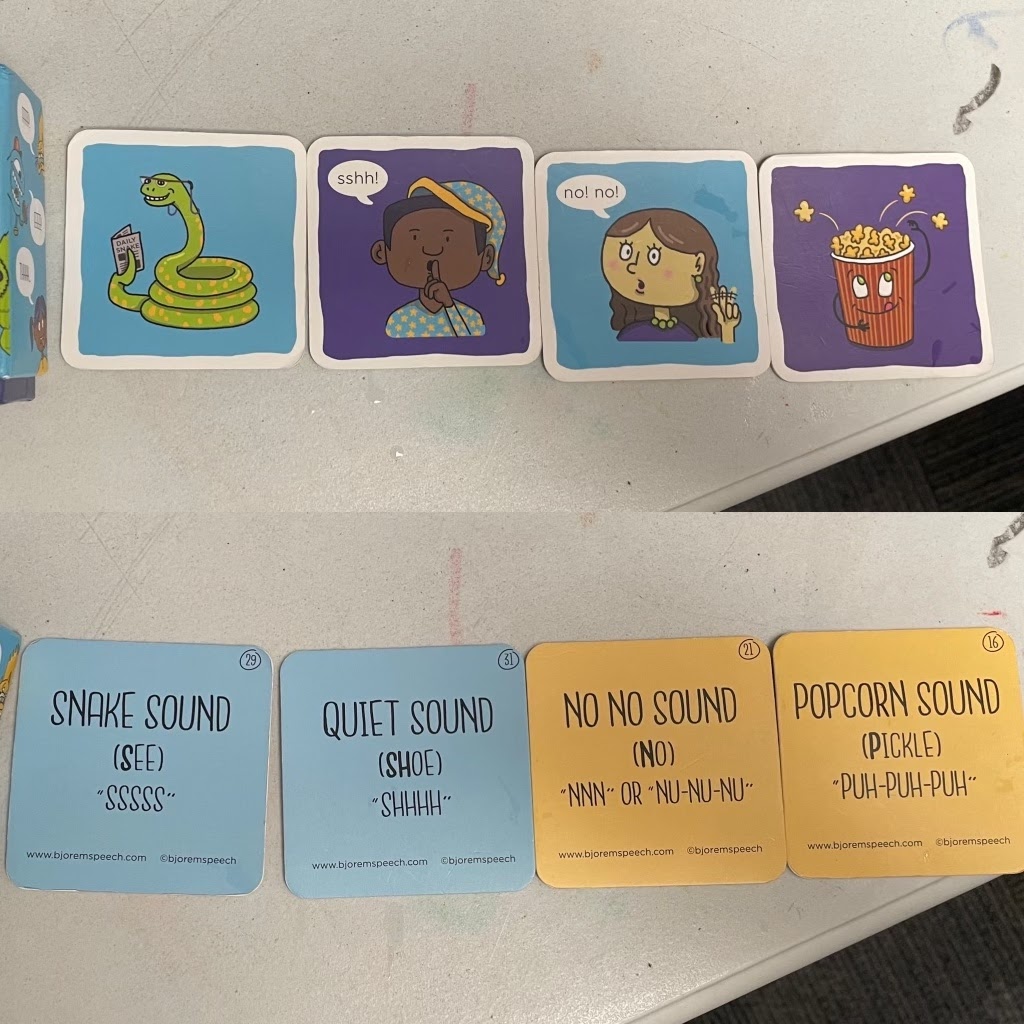
Pediatric Speech Therapy sessions at Westside are tailored to each child’s specific and individual needs.
Some sessions can be drill based, but typically for younger kids it is not, as it can be easier for them to learn through play. However, each child’s program is unique. The forthcoming session description incorporated play.
Westside therapists also work with the child and find their preferred toys or activities in order to incorporate them into speech activities. Teaching through play can also allow a child to work on multiple goals during one activity.
The below text is an example of what one real pediatric speech therapy session looked like at Westside. It is important to know that this is just an example of one session for one child and could have differences to another child.
However, many techniques and goals may be similar to other children who receive pediatric speech therapy.
For privacy, the child’s name, gender, Westside location, Westside therapist’s name will not be revealed, except the child’s age (3).
The child presents challenges in the areas of expressive language (how the child expresses themself), speech production and pragmatic language (refers to the rules of social language).
The above mentioned diagnoses present difficulties for the child to effectively communicate wants and needs, follow directions and take turns.
One primary goal targeted this session was decreasing the phonological process: final consonant deletion. Final consonant deletion is leaving off the sound in the final position of the word. For example, the child produced “uh” for “up.”
Phonological processes are patterns of sound errors that typically developing children use to simplify speech as they are learning to talk. A phonological disorder occurs when these persist beyond the age most typically developing children stopped using them.
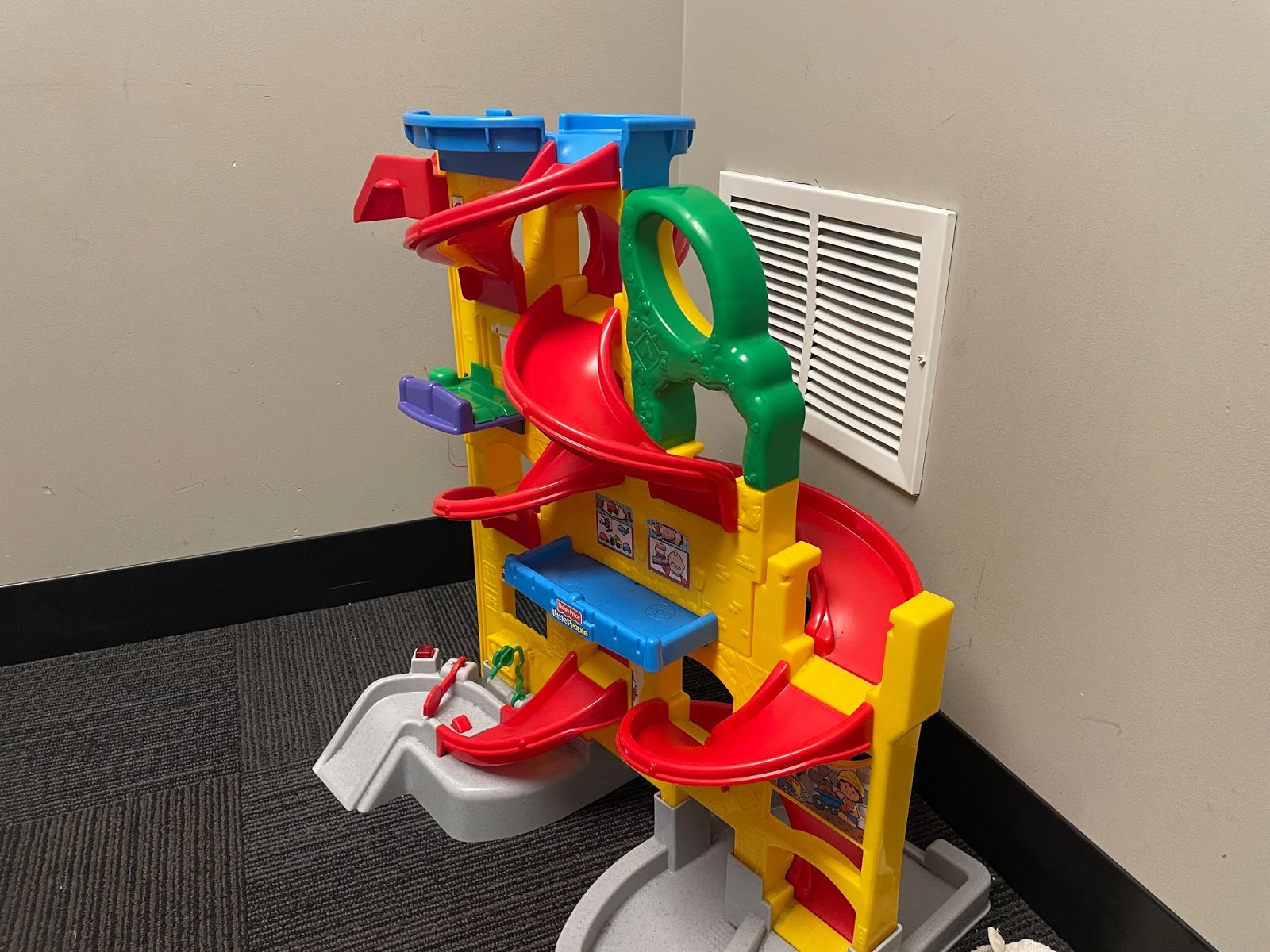
Activity #1: Playing game with toy cars and car ramp
This helped the child work on their turn-taking skills, eliminating final consonant deletion and requesting using 2-3-word utterances.
- The child and the therapist took turns picking the car they wanted to put down the ramp. In this part of the activity, the child was asked to request the car by saying “I want ‘Mack’” or “Give me Mack” rather than just “Mack” (2-3 word utterances).
- Then the car went “up” on the lift and the child was asked to say “up.” (The child primarily said “uh,” but put their lips together showing an attempt to make the sound).
- The therapist used the “popcorn card” to show the child and encourage the /p/ sound in the final position. The therapist also exaggerated the /p/ with their lips to show the child how the noise is made. The sound cue cards are to teach children sounds by giving them a visual cue they can relate to.
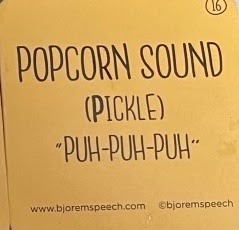
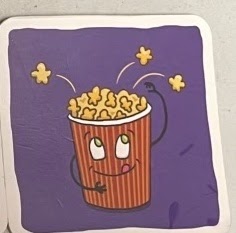
- Next, the car was placed “on” the ramp. The child was encouraged to repeat “on.” The therapist was targeting final consonant deletion when having the child produce the word “on.” The therapist had the child produce the final consonant /n/ in the word “on.”
- This was repeated multiple times to give the child multiple opportunities to produce target words.
A high point of this pediatric speech therapy activity was the child putting together a 4-word utterance when they said “I want fast car” and “I want Mack truck.” This was a big deal, according to the therapist.
Working on these specific skills will allow the child to effectively communicate with people that are familiar and unfamiliar with them. An unfamiliar person may have more difficulty knowing what “uh” means or just the word “Mack”. Improving speech intelligibility and expressive language skills will allow for listeners to better understand the child.
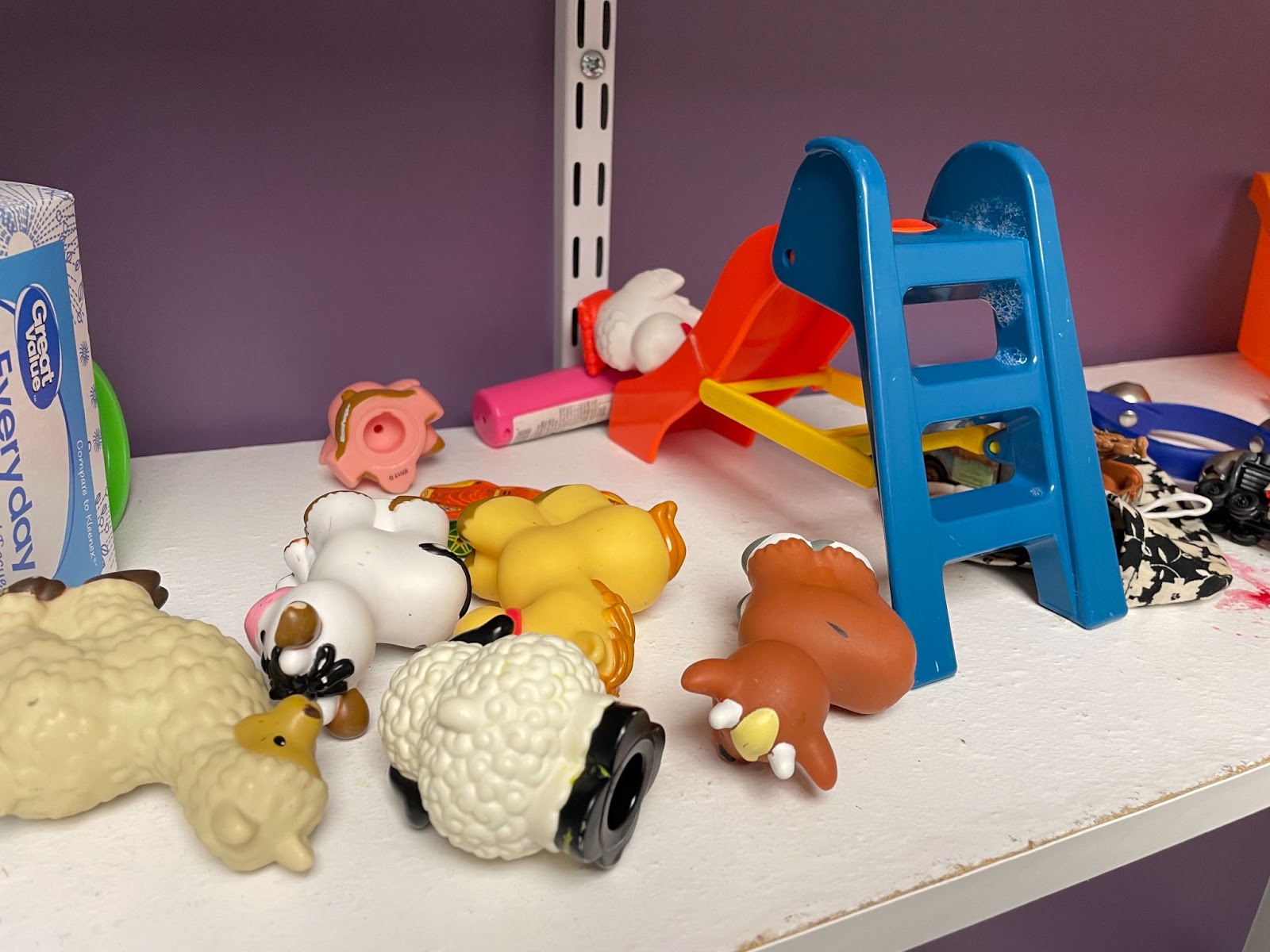
Activity #2: Playing with toy animals and putting down slide into a bucket of water
This pediatric speech therapy activity was chosen by the therapist. The therapist chose it because it helps on turn-taking skills along with helping decrease final consonant deletion with the select target words (up, on, splash).
The child set up a small slide on the desk with a tub of water on the floor.
When the child and therapist took turns picking an animal to send down the slide, they said “the horse goes up the stairs.” Again, the child attempted to say up, but was unable to produce the /p/ sound in the final position of the word. The therapist watched the child’s articulators (i.e. lips, tongue) to make sure the child had correct placement in order to produce the target sound /p/. (Try this yourself to get a better idea of what was worked on).
Every pediatric speech therapy program is going to depend on each child’s individual needs, and in this case, a few activities can work toward the same goals. So again, the child was tasked with requesting which animal they wanted by saying, “I want cow.”
Throughout this, the therapist used more of the cue cards to help elicit the sounds. Throughout this activity, the child was able to say words like “splash” and “wash” (words that end with the /sh/ sound).
Westside therapists can also work on the fly during any given pediatric speech therapy activity. For example, while the child was taking a break and playing with the animal in the water tub, it got stuck in the slide.
The child expressed “chicken stuck” and the therapist attempted to have the child say “help me,” which would encourage the child to say the /p/ sound in the final position of the word “help.”
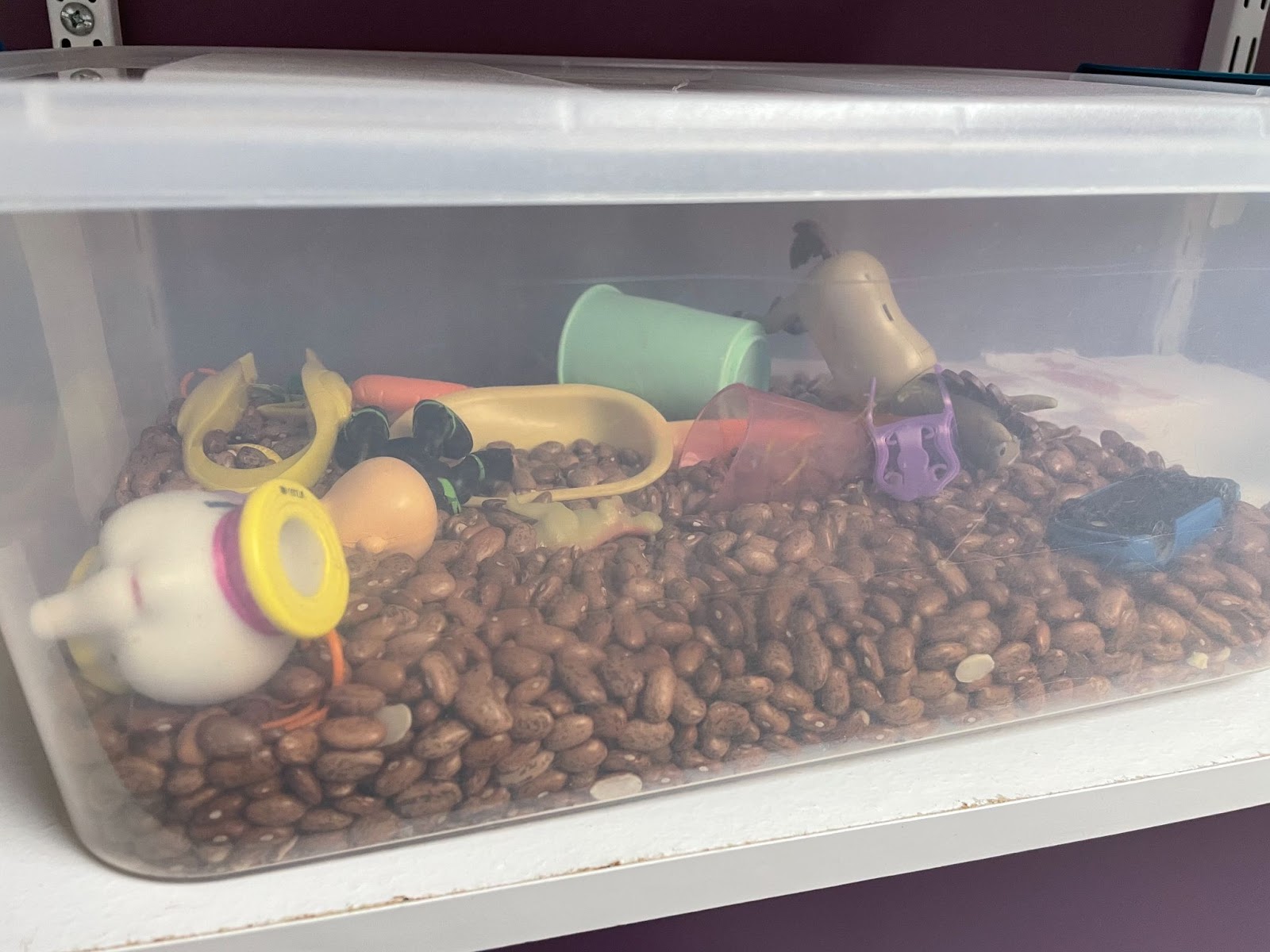
Activity #3: Playing with beans and toys a tub
This pediatric speech therapy activity finished the child’s session. With less structure to the activity, the child freely played with the beans and the toys inside.
Throughout the activity, the therapist encouraged the child to practice saying the last consonant of the word and produce 2-3 word utterances. For example, the therapist helped the child expand his utterances (“give me Buzz,” “Buzz hungry,” “give me cup”— items that were in the bucket).
The Buzz toy also got stuck and the child said “Buzz stuck,” which was another 2-word utterance.
What happens after a pediatric speech therapy session?
Westside therapists will meet with the parent for a few minutes to discuss how the pediatric speech therapy session went and give things to work on at home.
Our therapists make sure that what is asked of the family to do at home to improve their child’s skills are not overwhelming. Therapists can check in with the family the following week to see how the strategies, target words, etc. went.
If the family feels like what was provided was too much the therapist can collaborate with the family to simplify or modify the information provided. For example, our therapists may give parents 5 functional words to practice for a week before the next session.
It is also never too early to start pediatric speech therapy or at least get a screening or evaluation.
But if you are ready to start speech therapy, call 815-469-1500 or click below.
[/et_pb_text][/et_pb_column] [/et_pb_row] [/et_pb_section]
